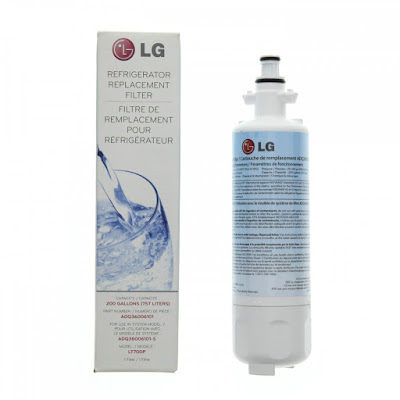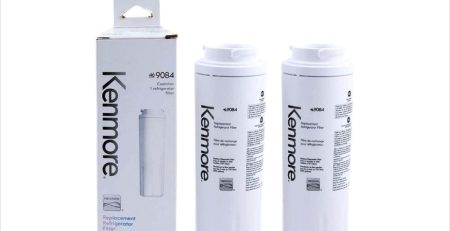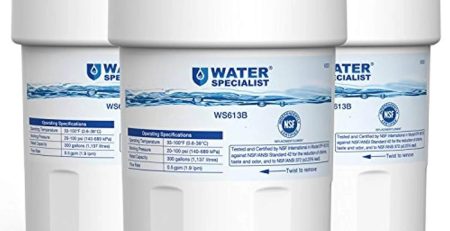Conductivity Of Water And Fixed Residue, What Are They?
On our planet there is nothing more precious than water, we know it well and we increasingly perceive the danger of the lack of sources from which to obtain fresh drinking water. Exploitation, pollution, greenhouse effect contribute to thin the reserve of the most important source of minerals necessary for our body.
The salts dissolved in the water are defined as essential nutrients because our body is unable to synthesize them on its own and therefore must absorb them from the outside, from food and water.
Around 85% of the waters are of underground origin and therefore contain good quantities of minerals that are naturally absorbed by the soil (calcium, magnesium, fluorine, zinc, iodine, sulfur, potassium, phosphorus, sodium,). In many cases the concentration of salts is high enough to define these therapeutic waters, to be taken with some attention.
The fixed residue of drinking water is generally between 180 and 730 mg / l, typical of a slightly or moderately mineralized water. But what exactly is fixed residue?
The Fixed Residue: What It Is and What Are the Legal Parameters
By fixed residue is meant the precipitate obtained following evaporation of 1 liter of water at 180 °. The higher the content of mineral salts dissolved in the analyzed water, the greater the weight of the residue obtained. Based on this weight, the water is classified as follows:
• Minimally mineralized or low in salts : <50 mg / l
• Low mineral content or slightly mineralized : <500 mg / l;
• Average mineralized : between 500 and 1000 mg / l.
• Rich in salts :> 1500 mg / l
The water in our taps cannot be too rich in mineral salts and the maximum recommended value is 1500 mg / l . The waters with a fixed upper residue are considered therapeutic waters and therefore to be taken only under the direct supervision of the doctor as real food supplements.
However, as regards lower fixed residues, there is no scientific evidence that has real diuretic or other properties, thus dispelling the myth of the low mineral waters recommended for children, but it is true on the other hand that in many cases the waters with a low residue fixed are actually lighter for the kidneys.
Water Conductivity: What It Measures and Why It Matters
The conductivity of the water is the second fundamental parameter that determines the presence of mineral salts. This is a relative measure, as it shows a more or less abundant presence of mineral salts. Specifically, the mineral salts present in the water in the form of ions, favor the passage of electric current; the higher their concentration, the higher the electrical conductivity.
What Are the Problems Related To High Conductivity or High Fixed Residue?
Generally the water that flows from our taps is well balanced and suitable for consumption. However, it happens that in some moments there is a sudden increase. This momentary imbalance causes an increase in the pH of the water or its hardness, with possible consequences also on its health. An increase in conductivity can also be a symptom of an increase in the concentration of heavy metals or pollutants.
How to Check the Conductivity and Fixed Residue of Tap Water
An excellent way to keep the conductivity of water under control is through the installation of a reverse osmosis purifier. Through this process the water is forcibly filtered through pressure from semi permeable membranes which are able to absorb the excessive content of mineral salts and / or metals.
Easy to install and small in size even in the restricted area under the sink, it allows you to constantly stock up on purified and balanced water.
Is that what you need? Maybe yes, maybe no.












